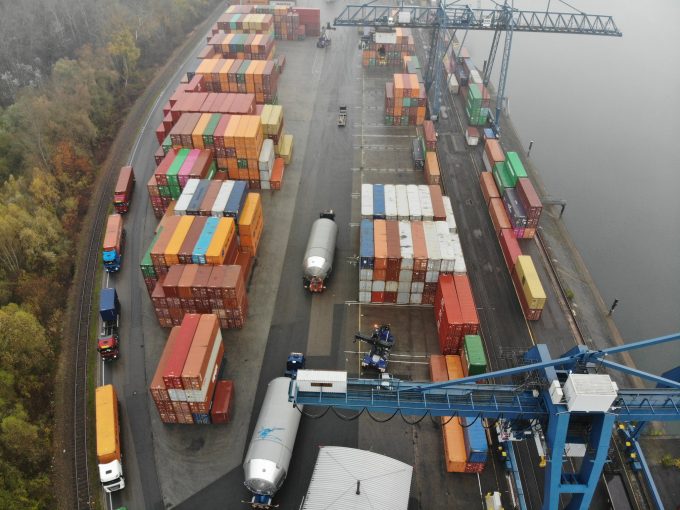US-Mexico connectivity push drives autonomous freight corridor project
Concern about tariffs hitting flows between the US and Mexico is not slowing a push ...

DP World VP of inland and logistics for Europe Rob Harrison is urging shippers to buy into “synchromodality” to combat North Europe’s systemic barge congestion.
Mr Harrison, previously head of the terminal operator’s Belgium business, acknowledged that two-to-three-day waits had been normal along the inland waterways ...

Comment on this article